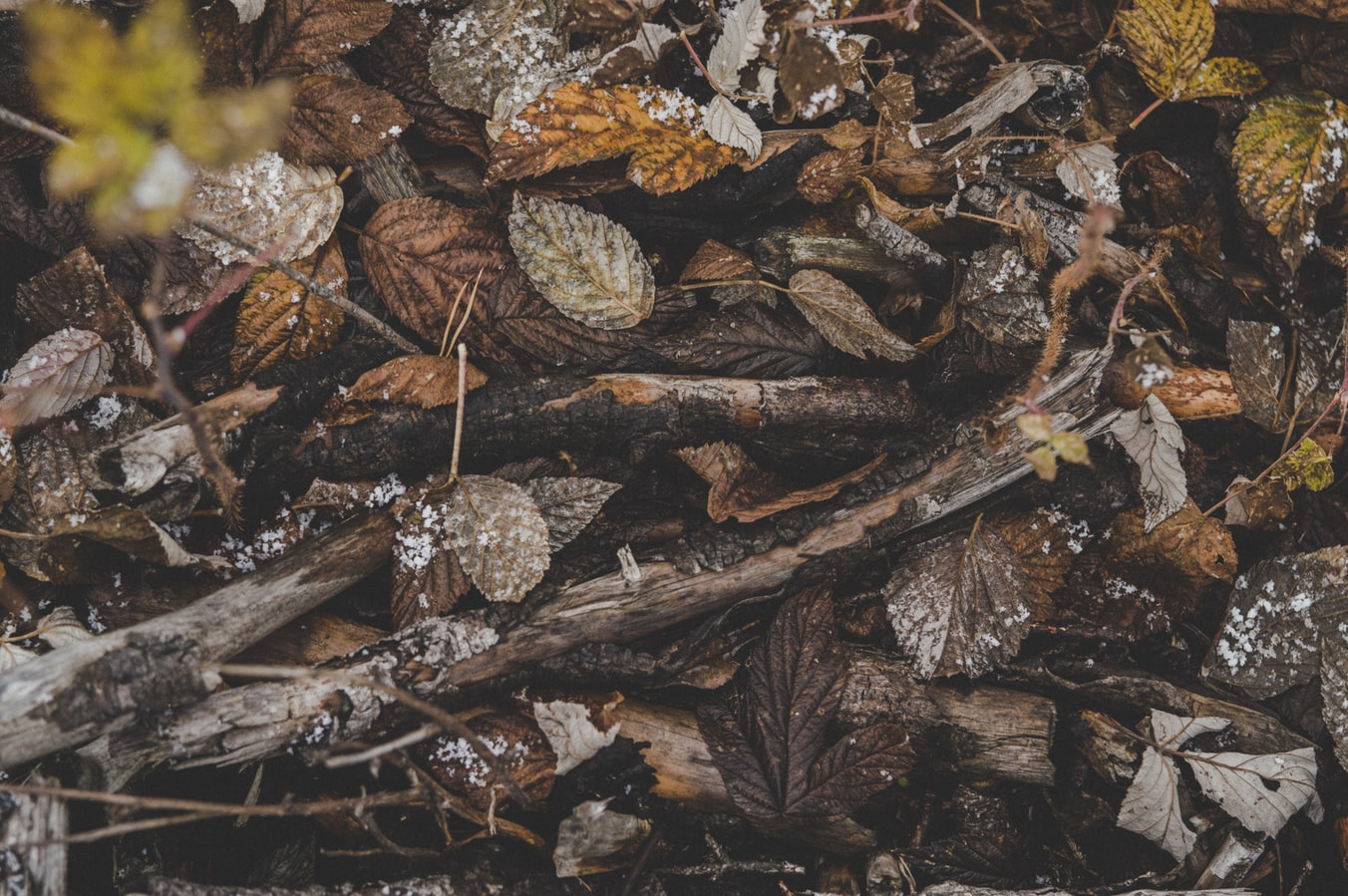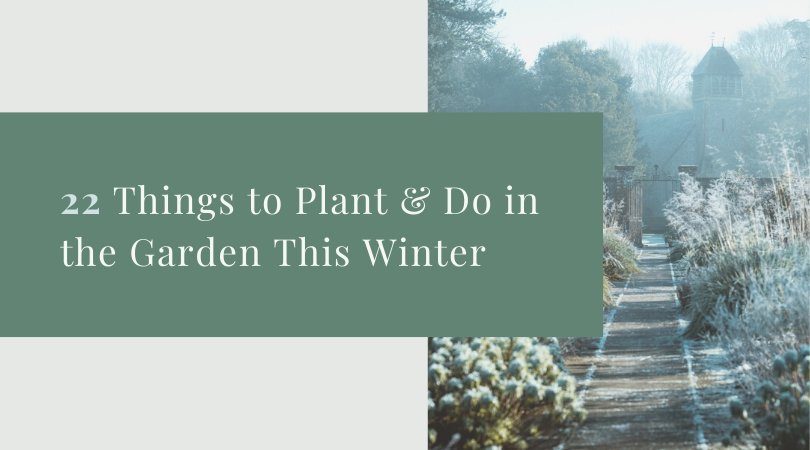
Most gardeners dread the winter months when there is less work to do in the garden. However, this doesn’t have to be the case! It’s true that there are fewer things you can grow during the wintertime, however, you can still create a beautiful outdoor space with colourful winter plants, winter vegetables and winter flowering plants. It’s just a case of preparing your outdoor space properly and choosing the right plants - and it’s not as hard as you might think!
In this guide, we’ve put together our best tips for cultivating a beautiful garden this winter. We’ve included tips on the best gardening tasks to complete in the winter, which plants and vegetables you can grow as well as some tips on protecting wildlife during the colder months.
When Should I Start My Winter Garden?
The best time to start your winter garden will be sometime in the late summer or autumn-time. The main issue with the winter months for gardening is the frost and lack of sunlight. To overcome this, choose seeds and plants that require little sunlight and plant your seeds between 6-8 weeks before the first date that the ground usually frosts over. This should give your plants plenty of time to grow. Do some planning as to the crops you’re going to try and grow, and try to pick a wider range to increase your chances of success!
Gardening Tasks That You Should Do in the Wintertime
Rake fallen leaves
Rake any fallen leaves from your garden pathways and from your lawn to allow it to breathe. A layer of fallen leaves can cause issues for your lawn, inviting pests and diseases as well as blocking the air-flow and nutrients from getting to the roots of your grass. For these reasons, it’s best to try and keep on top of raking the leaves throughout the winter season. When you have raked the leaves, don’t throw them away! These can be used to create mulch for your soil.
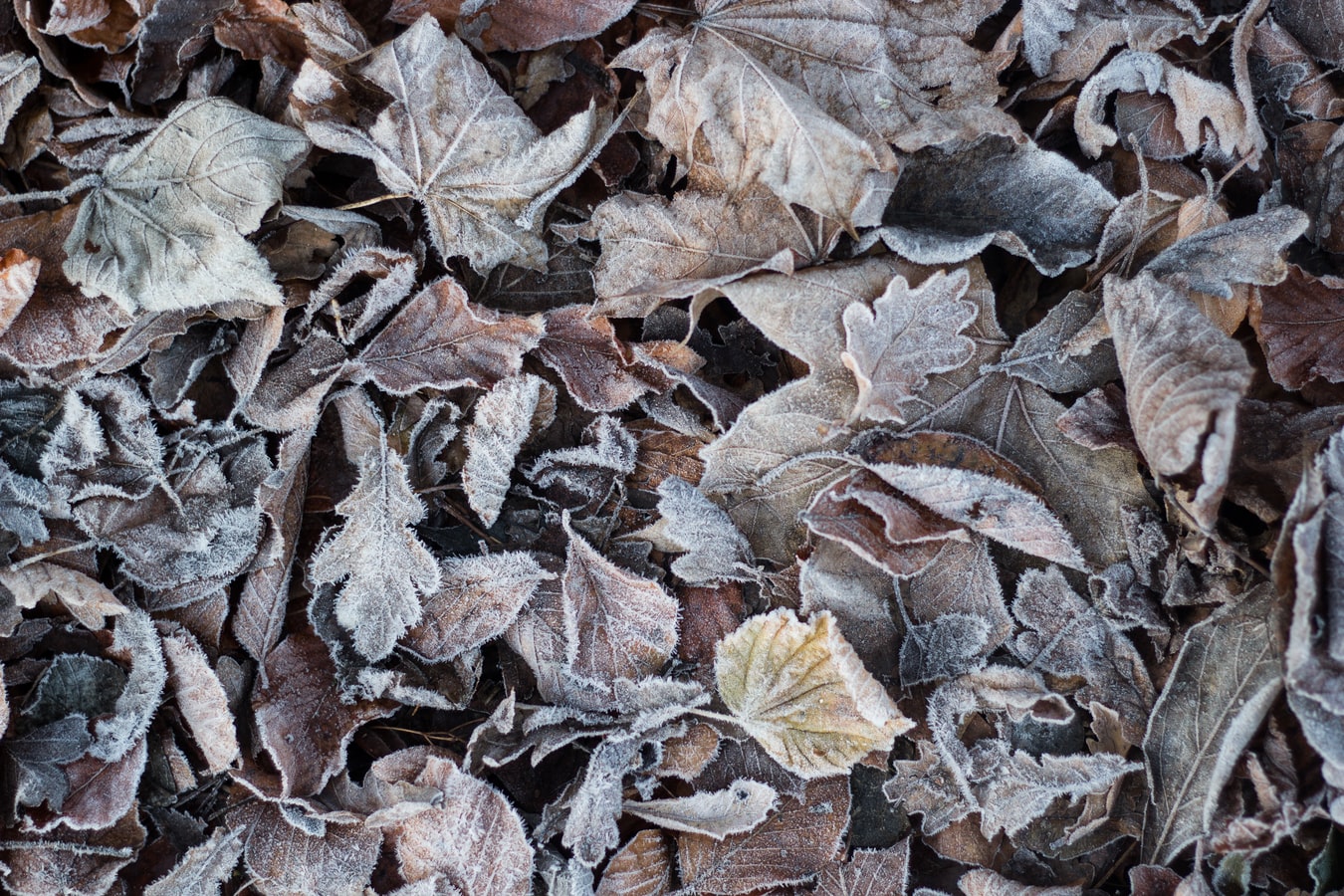
Prepare the soil
Spring is typically one of the busiest seasons for gardeners, with lots of things to plant and tend to and you can set yourself up for a great gardening season by taking care of your soil in the winter. Healthy soil is key if you’re hoping to grow healthy crops, and there are a few ways you can improve its quality to encourage plant growth and health. Remove leaves and debris from flower beds and borders and de-weed the soil. Dig and turn the soil to loosen the texture, creating a better environment for roots to grow and spread into the ground.
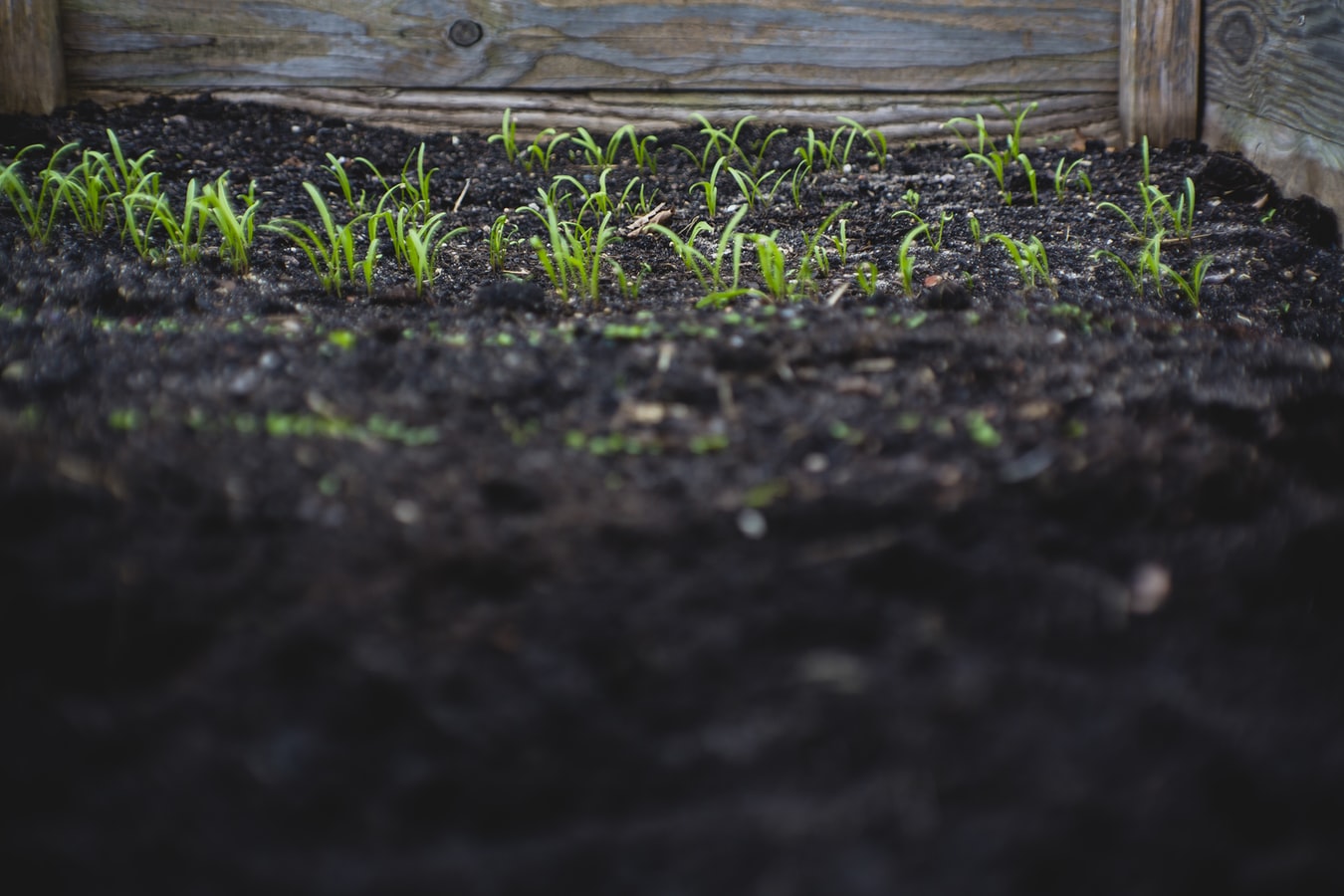
Add mulch to your soil
There are many benefits to mulching, from improving the moisture retention of your soil to suppressing the growth of weeds and improving the soil’s organic matter. In the winter months, add a thick layer of mulch to the surface of your soil to feed and warm the soil, protecting your plants from the harsh conditions of winter. Mulch will keep your soil at a steady temperature and help any dormant plants to survive through the winter so that they can grow through in the springtime. You can create a winter mulch from shredded leaves, straw or pine needles. You will need to remove the mulch in the springtime, so ideally choose a material that will be easy to rake aside once winter is past.
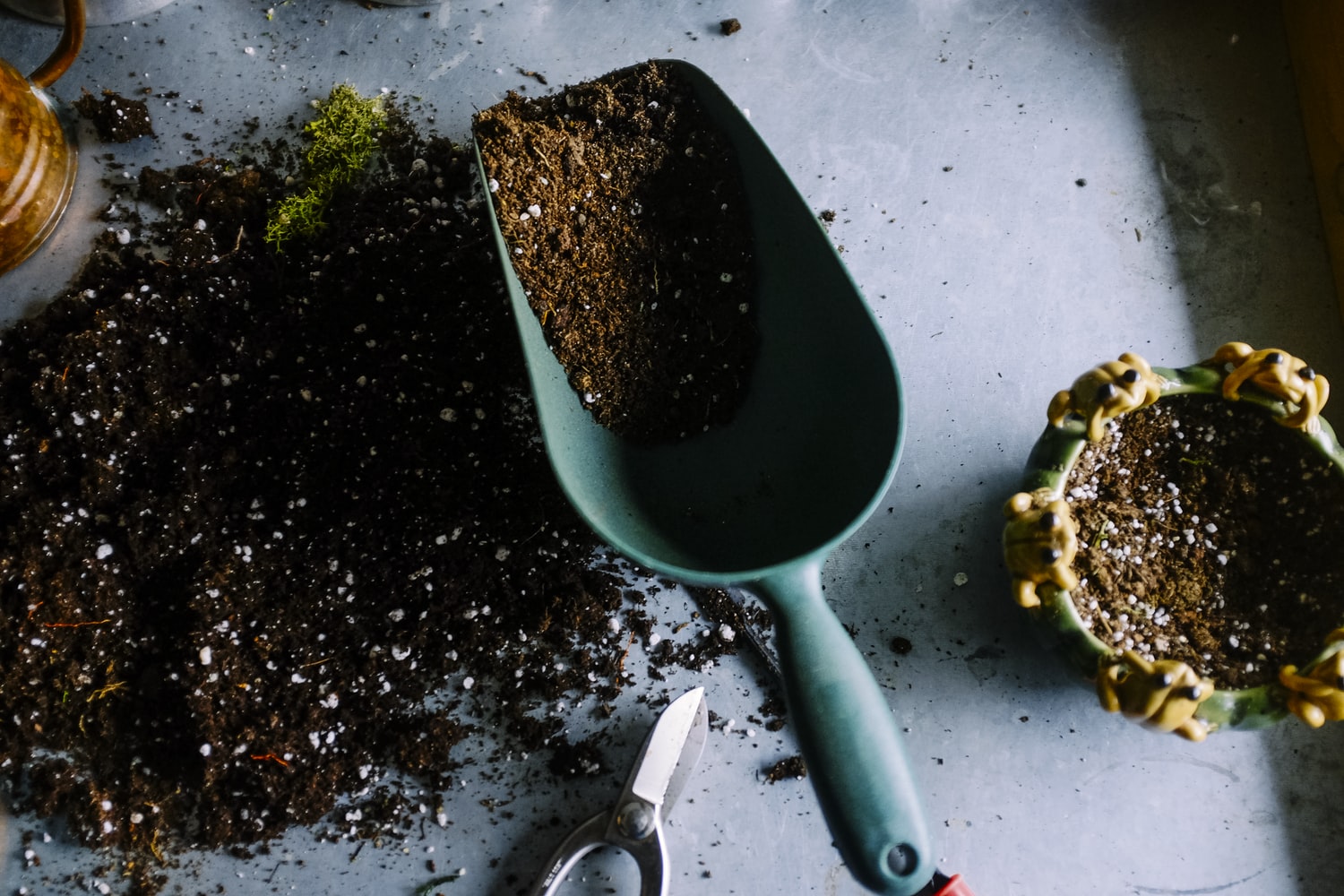
Take care of your lawn
The abrasive conditions of winter can be harsh on your lawn. There are a few things you can do to keep it happy and healthy during the winter season. Only mow your lawn if absolutely necessary and do not mow your grass if it is wet or has frozen over. Try and keep off the grass as much as possible to reduce the amount of damage that the grass takes over the season. Make sure you’re regularly raking any leaves from the lawn’s surface too. Apply a fertilizer across the surface of the grass, to help strengthen it for the tougher season. You can also aerate the lawn too, by using a spade to make holes to allow air, water and nutrients to penetrate the grassroots.
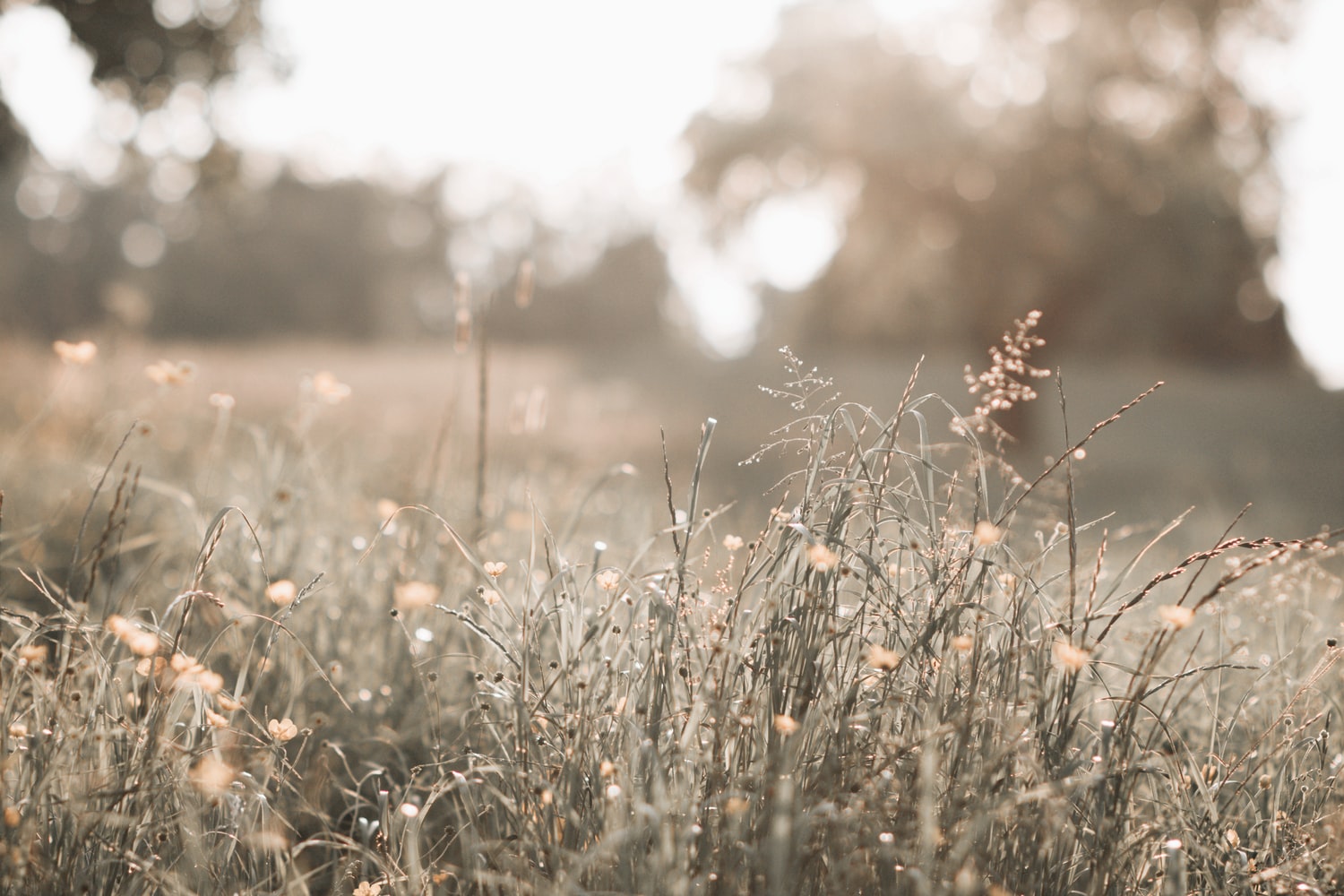
Cover newly planted trees and shrubs
The frost and cold can be harsh on plants, so any shrubs in your garden that are growing in garden pots will need to be covered up or moved indoors. Wrap your potted plants in bubble wrap or hessian sacking fabric and secure in place, to provide a thick layer of insulation that will prevent the roots from freezing. If you have any delicate plants, tender succulents or hanging baskets take them indoors away from the frost. Ideally, keep these plants into a sunny location such as a greenhouse, conservatory or south-facing window.
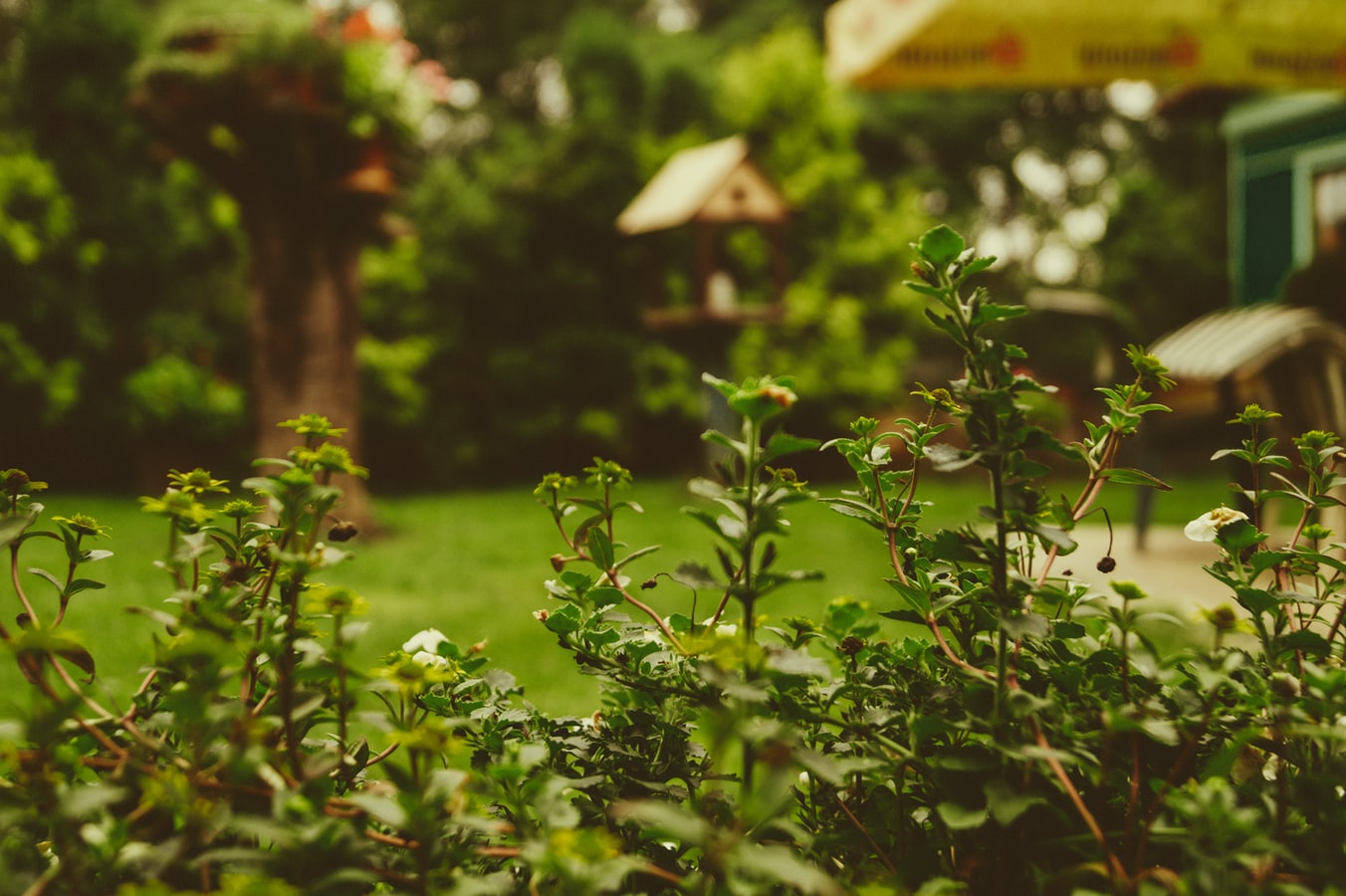
Prepare your tools
During the winter season when there is less intensive work to do in the garden, provides a great opportunity to clean and prepare your gardening tools for the next year. Give your garden tools a thorough clean with a coarse brush and soapy warm water. Then, shrub your tools with an oiled rag using either motor oil or vegetable oil. This will help to seal the metal and improve the longevity of your tools.
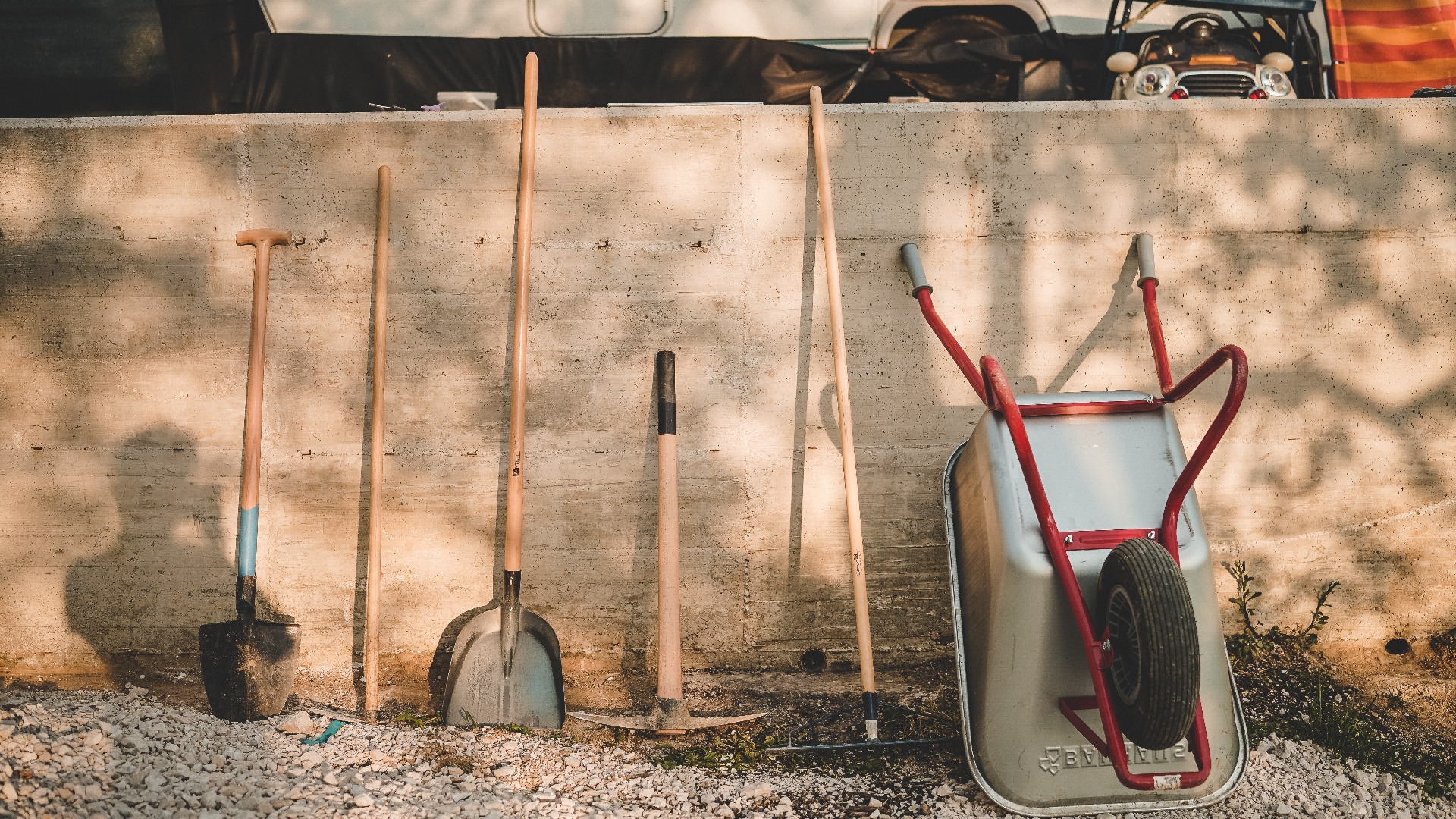
Vegetables You Can Plant in Your Garden Over the Winter
Growing vegetables is a very rewarding process and one of the best ways to extend the gardening season into the winter months. If you were very organised during the spring and summer months, you might have planted some vegetables such as winter cabbages, kale and Brussels sprouts that will be ready to harvest this winter. However, this isn’t the case, don’t panic. There are plenty of vegetable plants that are hardy and can be sown in the winter, to be harvested during the following year.
Beets
Beets are a cool-weather crop that can be grown easily in milder-winter regions. They can tolerate the frost but will fault to grow if the temperatures get too cold. After planting, they require 45 to 65 days to reach harvest.
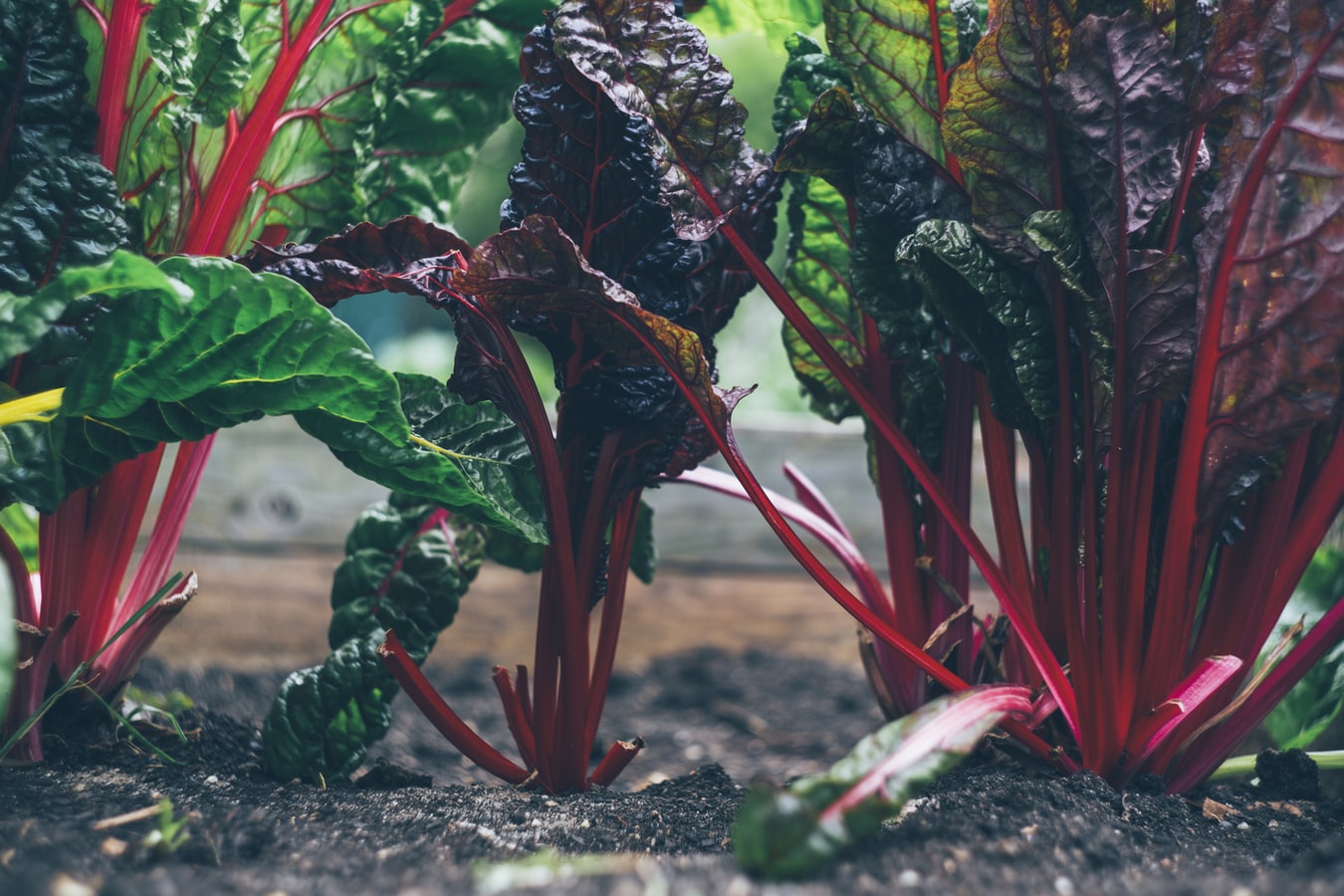
Garlic
Garlic is one of the easiest vegetables to grow and is best planted in the late autumn or early winter. Garlic usually takes around nine months to mature, so when planted in the winter, it won’t be ready for harvest until the next summer. But it’s well worth the wait!
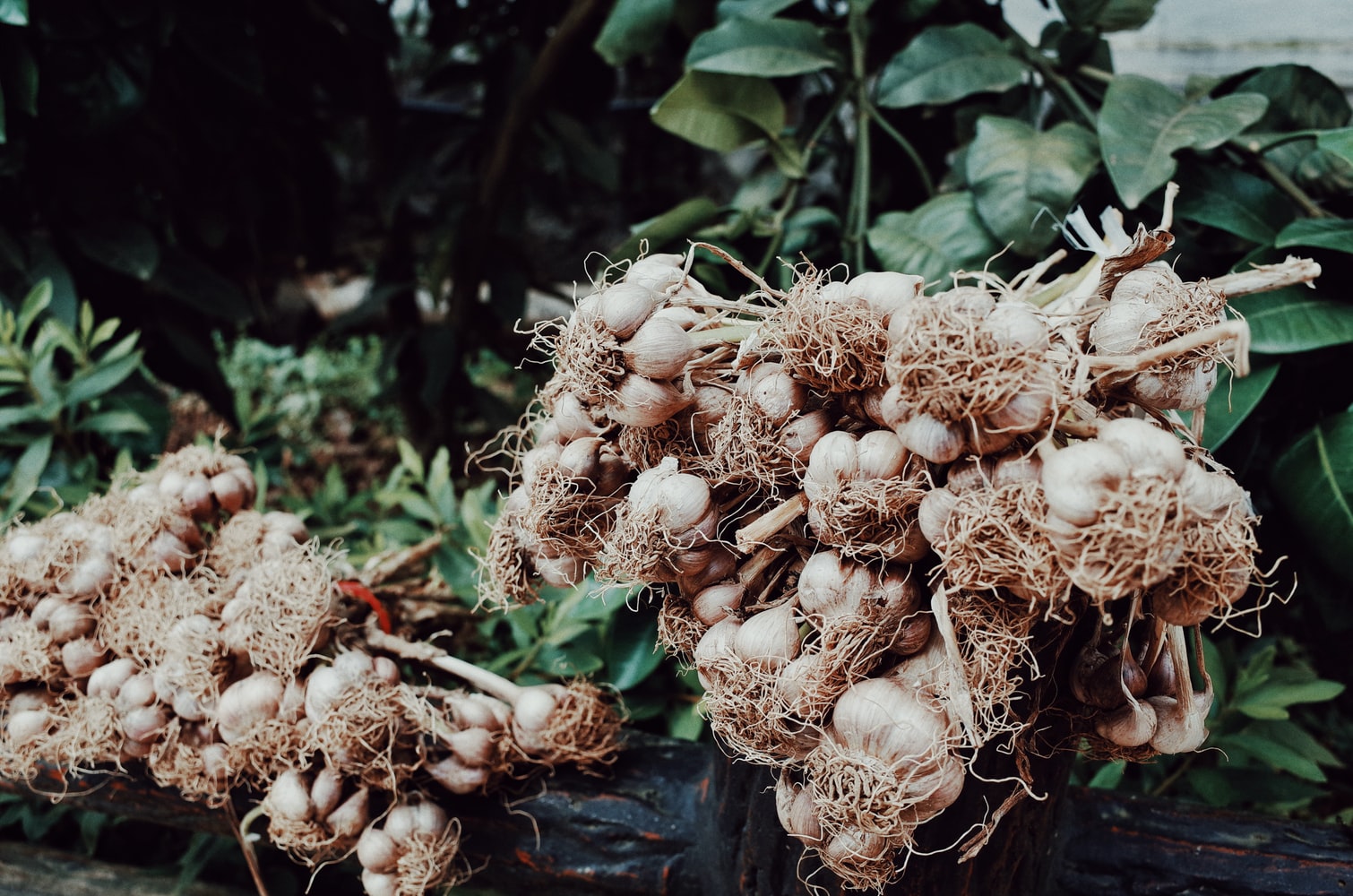
Onions
Onions are a hardy crop that is easy to grow, needing very little attention even during the winter. Onions have a long growing season; plant onions some time during late autumn or early winter to be harvested the next summer.
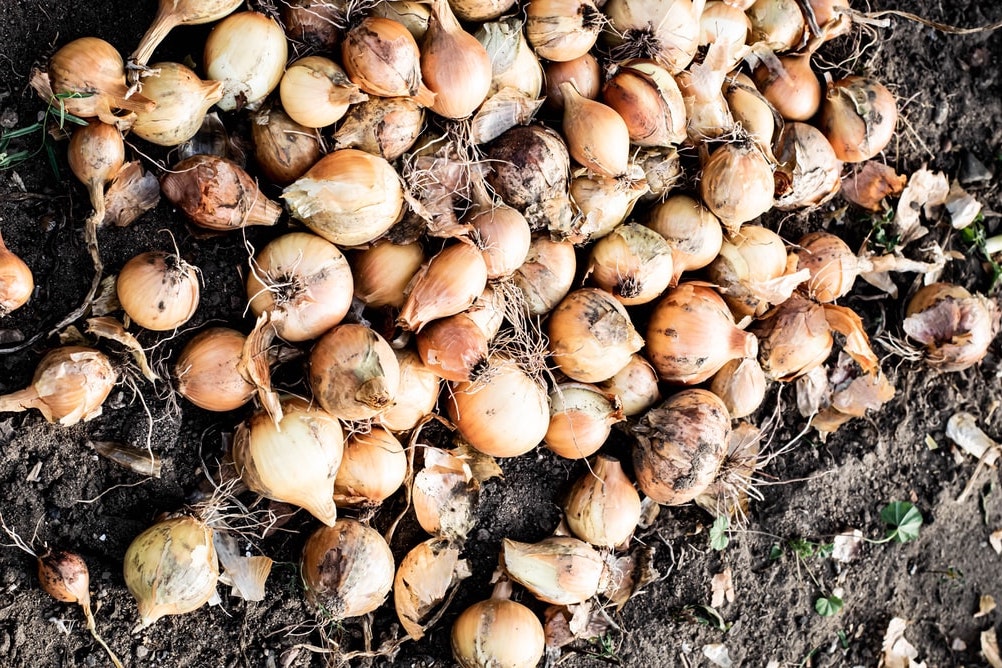
Peas
Planting your peas in the winter will put you ahead of most gardeners who plant their peas in the springtime. There are certain varieties of pea such as the Austrian Winter peas that are less sensitive to the frost and can therefore be sown in the winter. Peas usually take between 60 and 70 days to grow before they can be harvested, which means you’ll have peas a week or two before most gardeners!
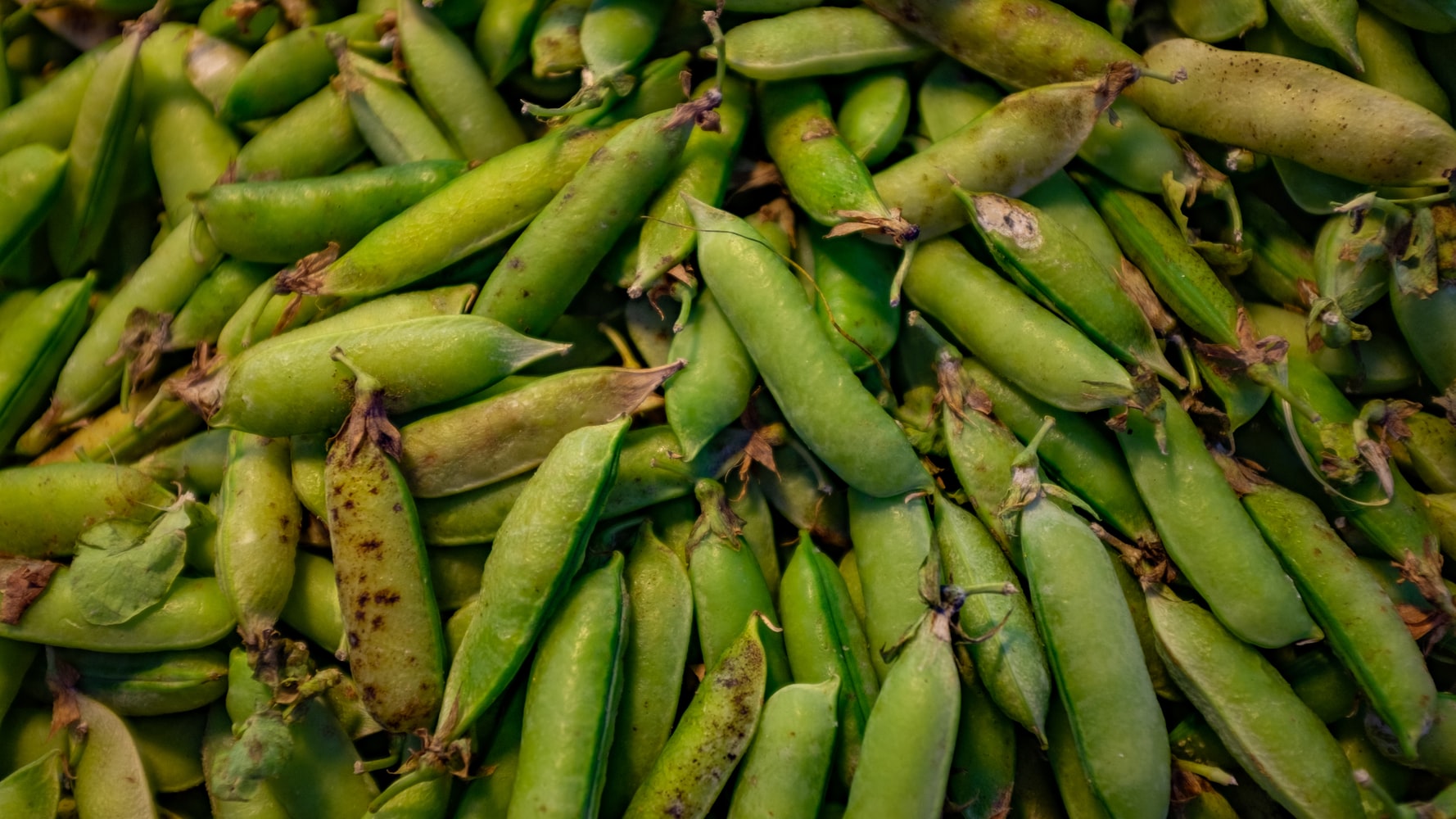
How to Get a Colourful Garden in the Winter
Just because it’s winter, doesn’t mean you can’t enjoy a colourful garden. There are plenty of winter flowering plants that will cheer up the outdoors through the frosty season. If you choose the right seeds and sow them in the summer or autumn, you could cultivate a winter garden in every colour of the rainbow if you wanted to!
Snowdrops (Galanthus)
This beautiful white flower is a must for every winter garden. Snowdrops remain dormant beneath the ground throughout the year but come to life in the winter. Ideally, you should plant your snowdrops in the late summer or early autumn to see them bloom in the winter.
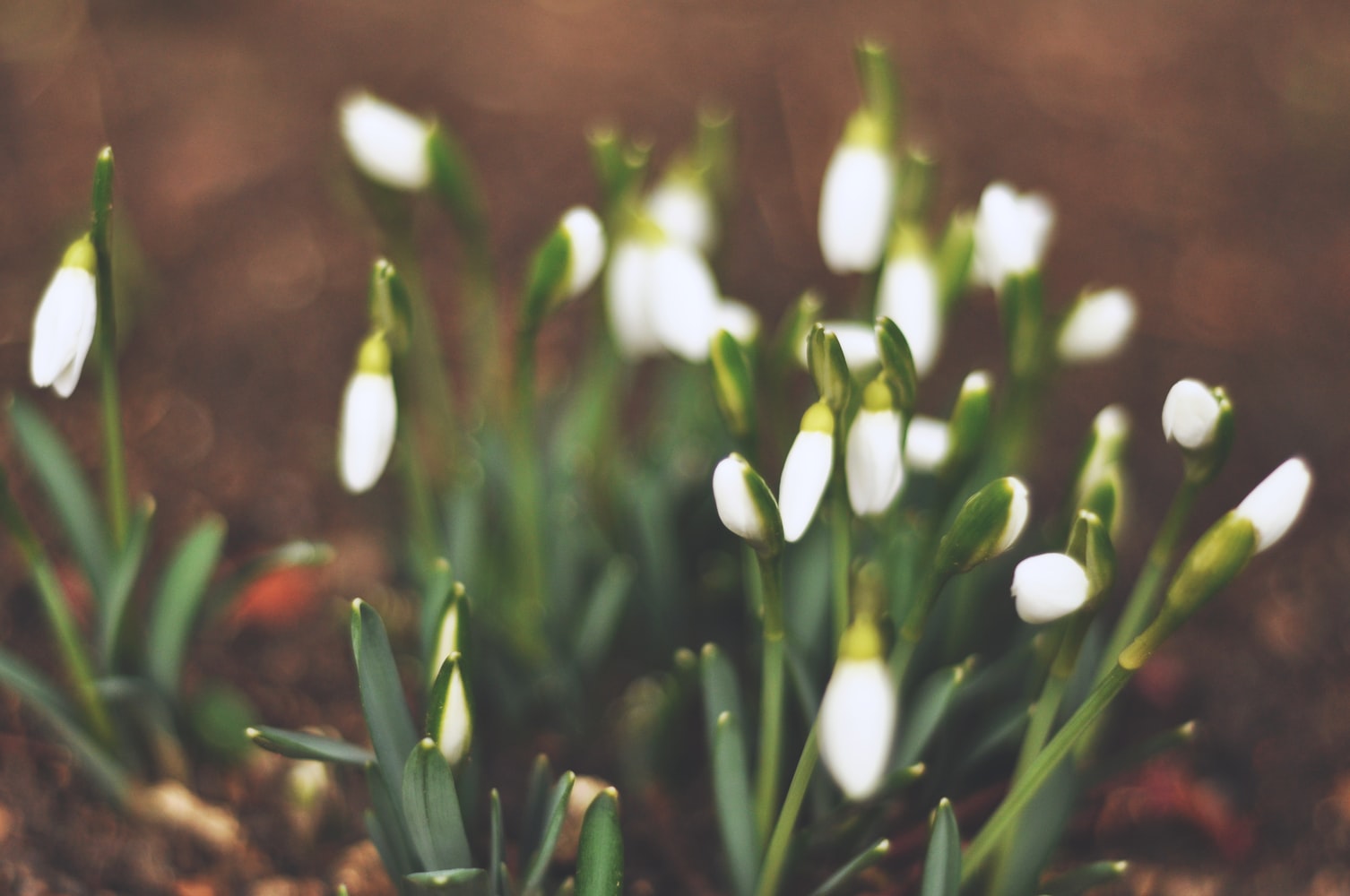
English primroses
Hardy and adaptable, the English primrose will bring a beautiful pop of colour to your winter garden. They grow happily in pots, containers or flower beds and they should multiply every year. They come in nearly every colour too!
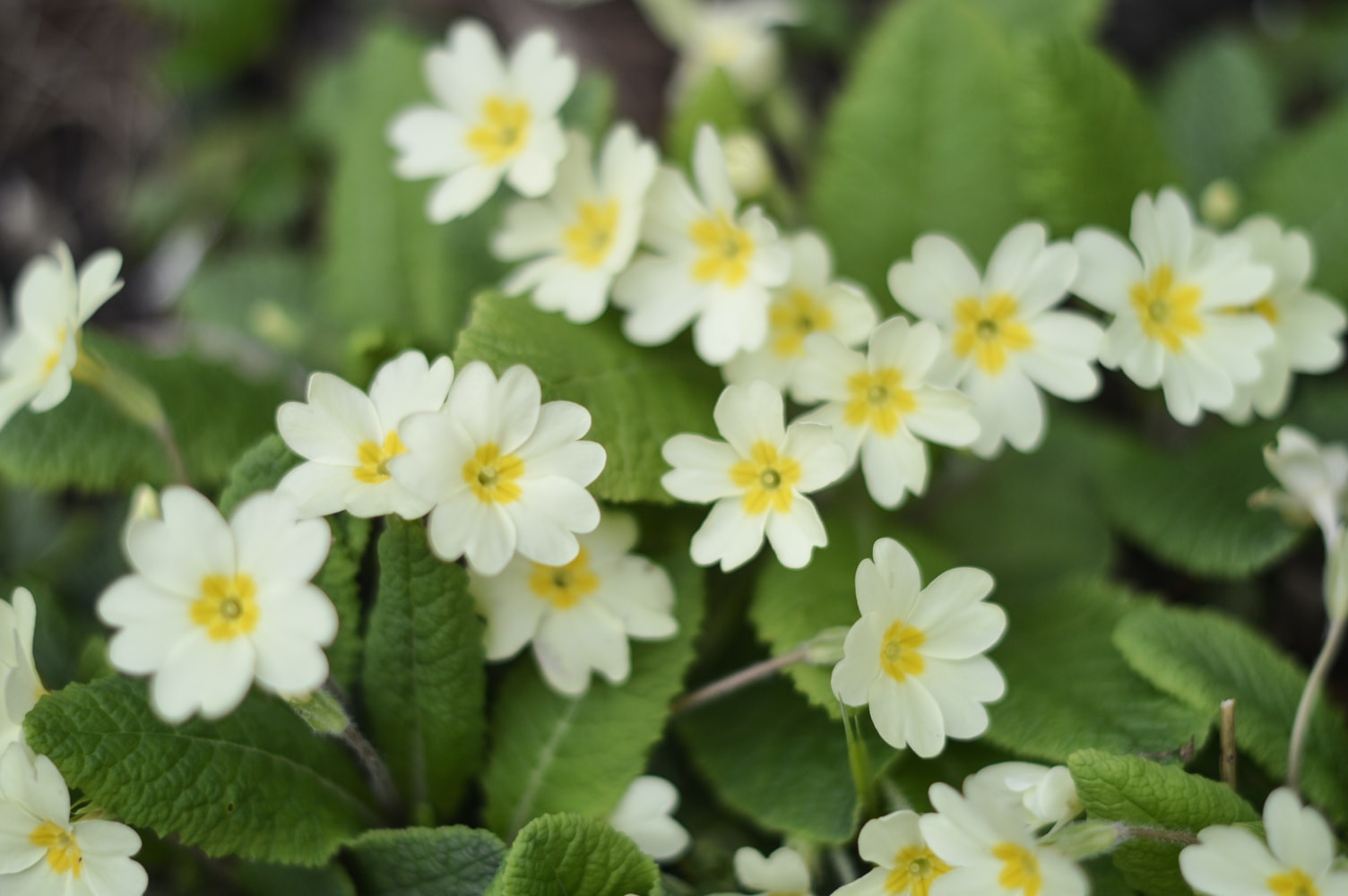
Pansies
Pansies are easy to grow and require only a minimum amount of care. They can be started from seeds either indoors or sown straight into your garden, where they will bloom for a long period of time, bringing colour to your garden throughout the winter. This beautiful flower comes in a range of both solid and bicolours, to brighten up the winter season.
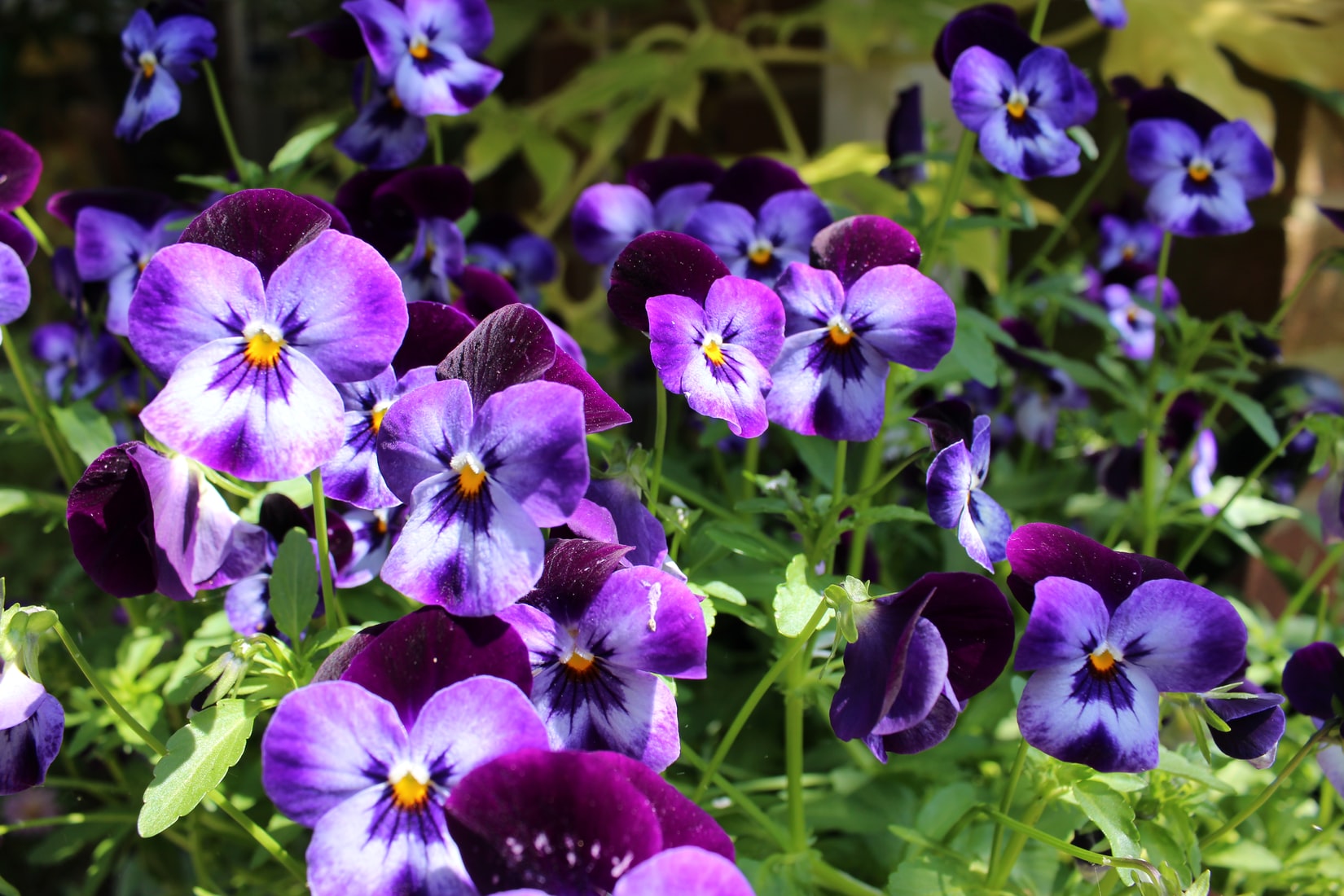
Violas
Although these perennial plants look dainty, they are tough enough to survive the winter season. They bloom throughout the winter and come in many varieties and colour combinations. They are easy to grow and show multiply quickly too, bringing lots of colour and life to your garden.
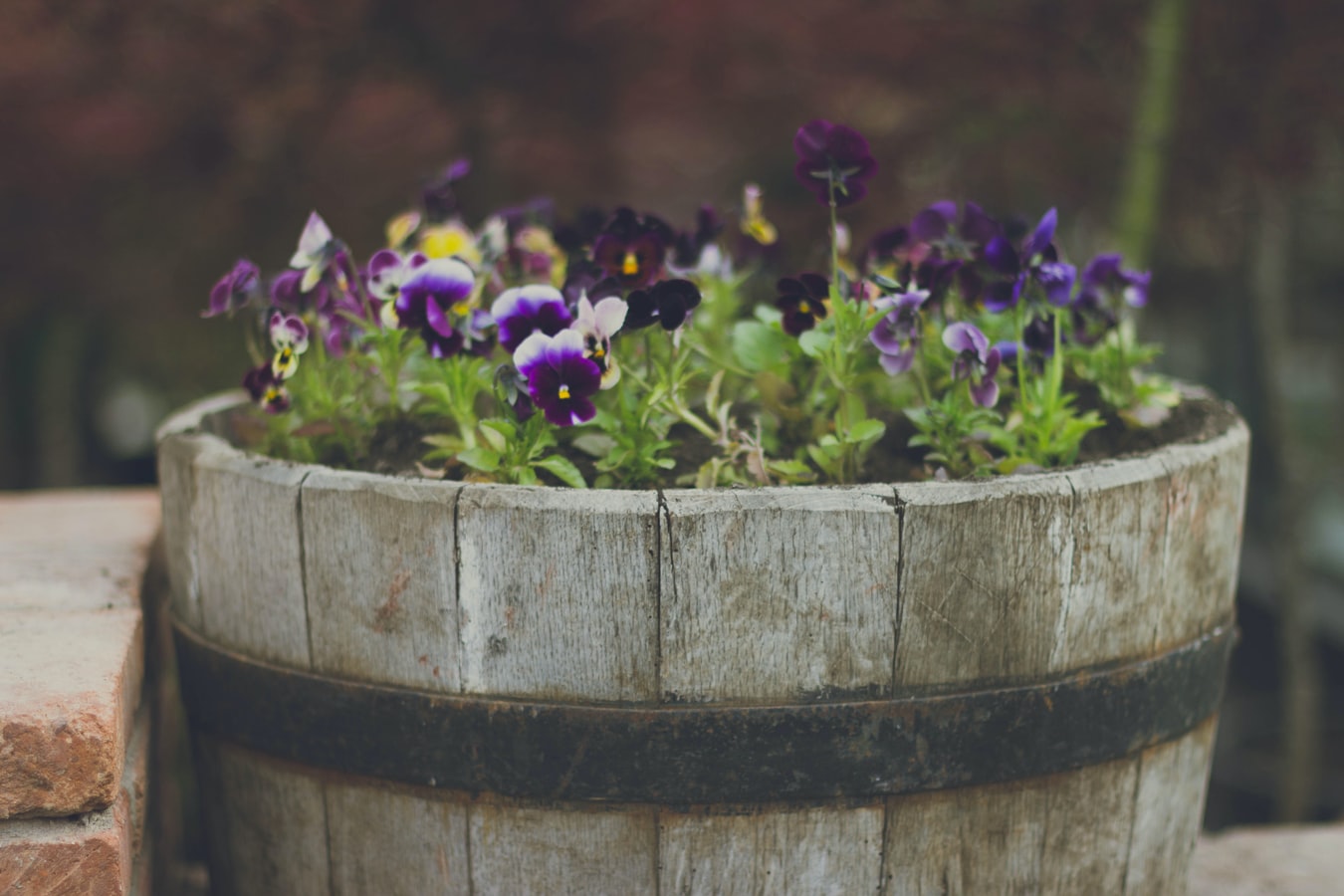
Holly bushes
There’s nothing more seasonal for the wintertime than holly bushes. The best time to plant your holly bushes is in the spring or autumn time, and they like well-drained soil in a sunny spot of your garden. They will bring rich greens and reds to your winter garden for the festive season.
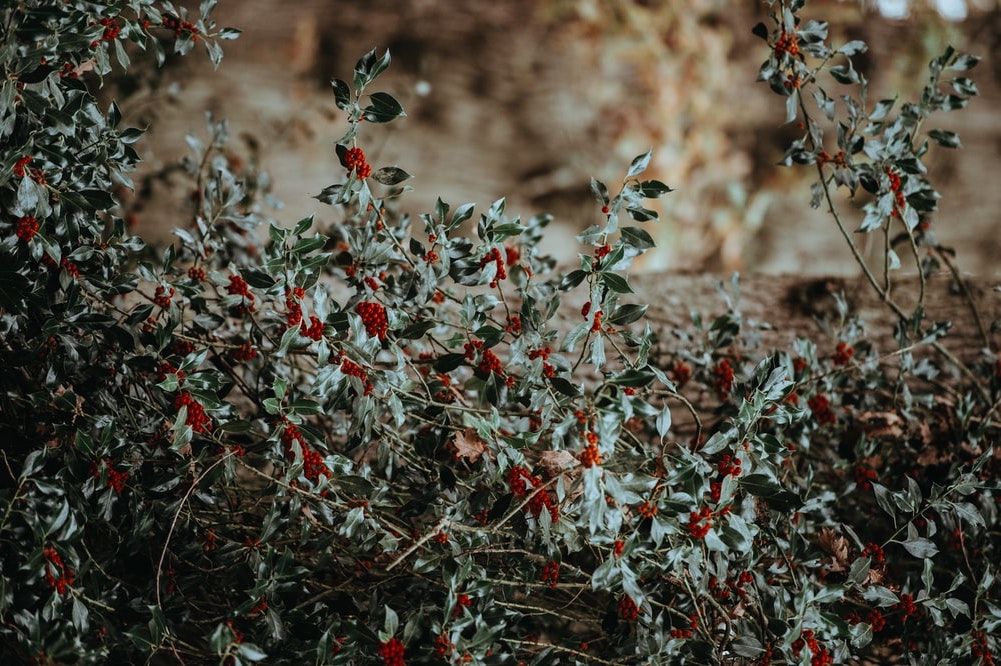
Christmas roses (Helleborus niger)
Christmas roses bear large and round white flowers which look gorgeous in the snow. Christmas roses like moist and fertile soil in partial shade. Make sure to provide shelter for your Christmas roses in strong or cold winds as this could damage them.
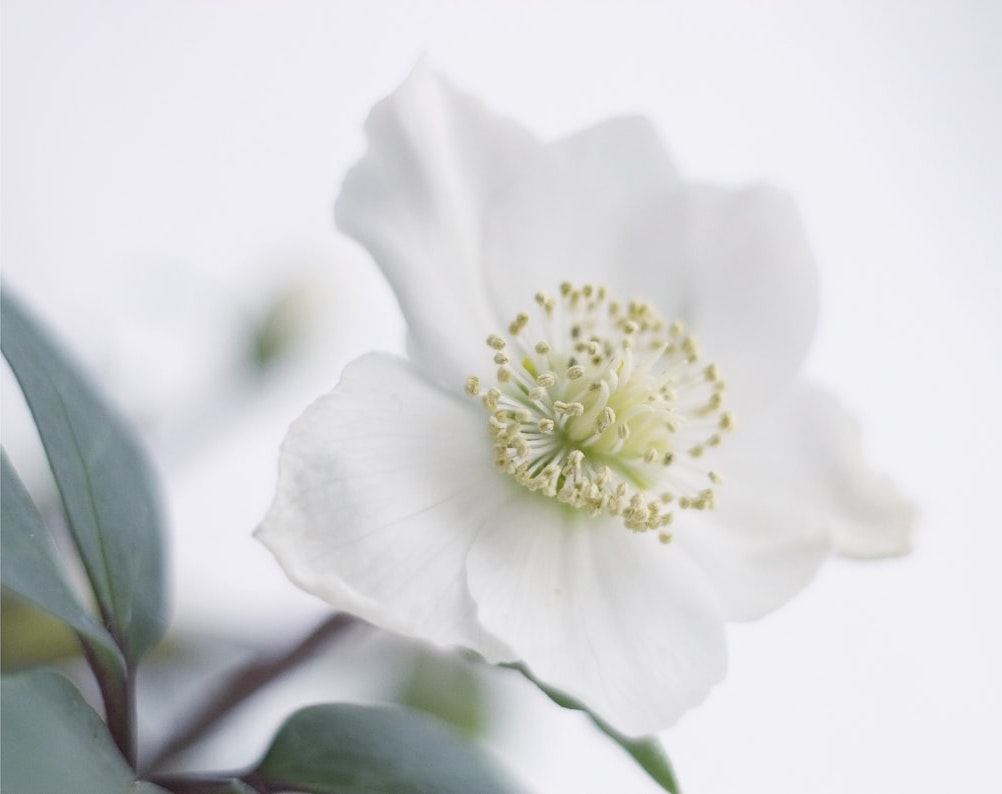
Looking After the Wildlife in Your Garden During the Winter
There are a few things that you can do to help the wildlife in your garden thrive during this abrasive season.
Put out food
Putting out a small bit of food in the wintertime can help the animals in your garden through the winter months. For birds especially, finding seeds, nuts and berries when there is snow on the ground can be difficult. Try putting out a range of seeds, dried fruit, and food scraps such as bread crusts.
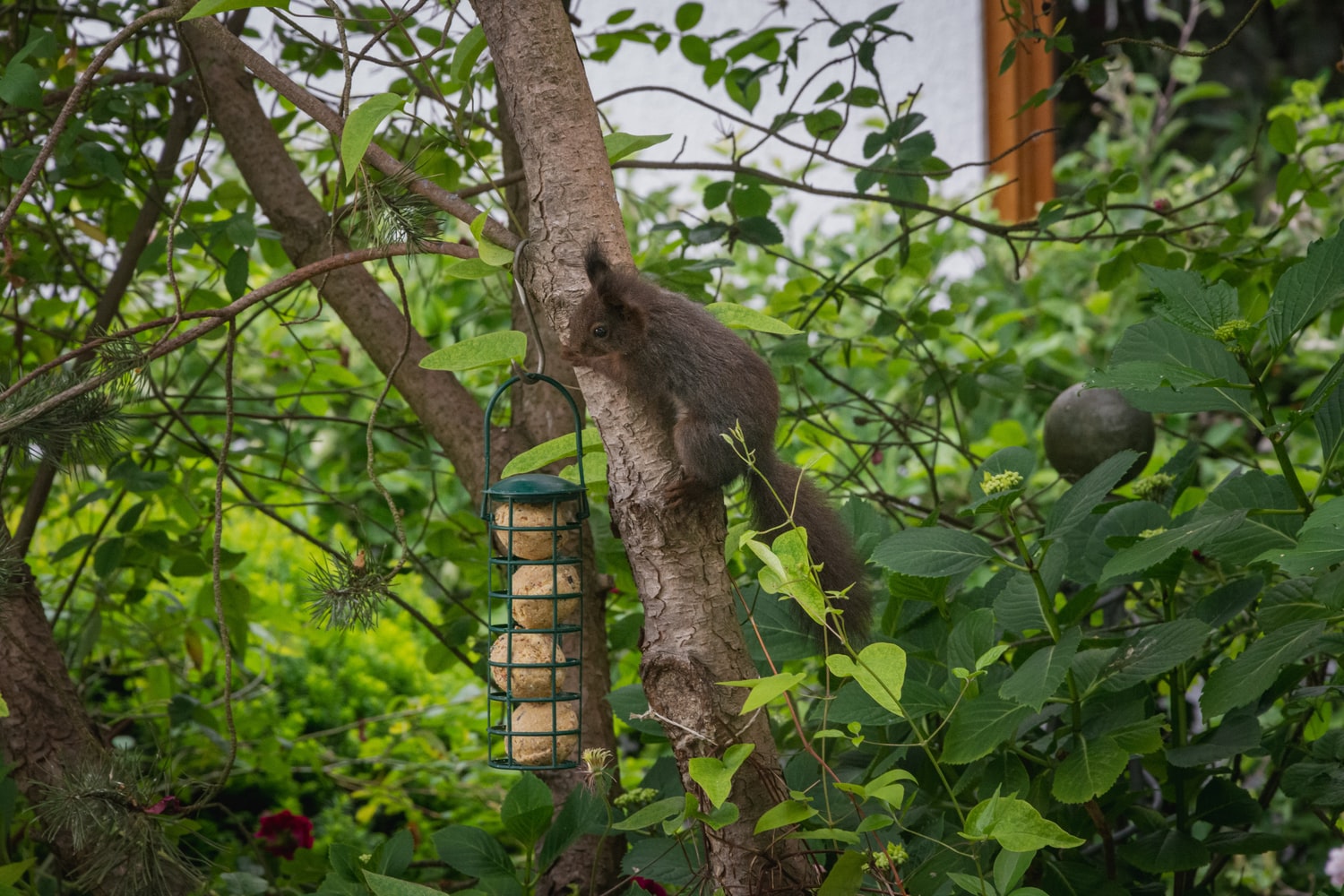
Leave out fresh water
In the colder weather when water freezes over, it can be difficult for the animals in your garden to get a drink of fresh water. Put out a shallow dish of water or use a bird bath for animals to drink from and for the birds to splash around in. Putting out fresh water will also encourage more wildlife to visit your garden.
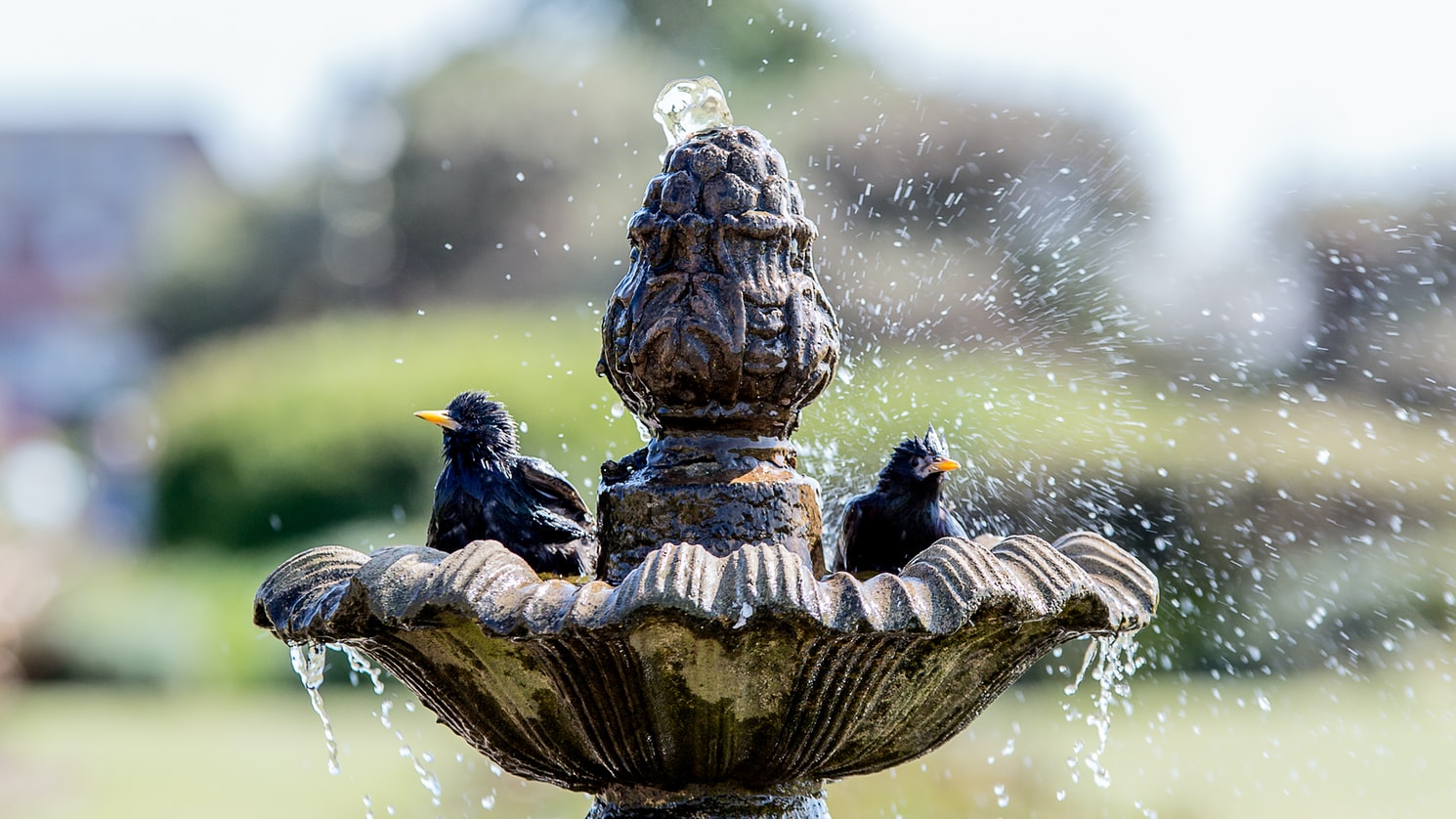
Don’t let your pond freeze over
If you have a shallow pond in your garden, make sure that you break the ice on top when it freezes over in the winter. The ice will change the temperature of the water and can kill the fish and other animals that live inside. Never break the ice by force, however. Break the ice gently by pouring hot water on the surface so that it melts away.
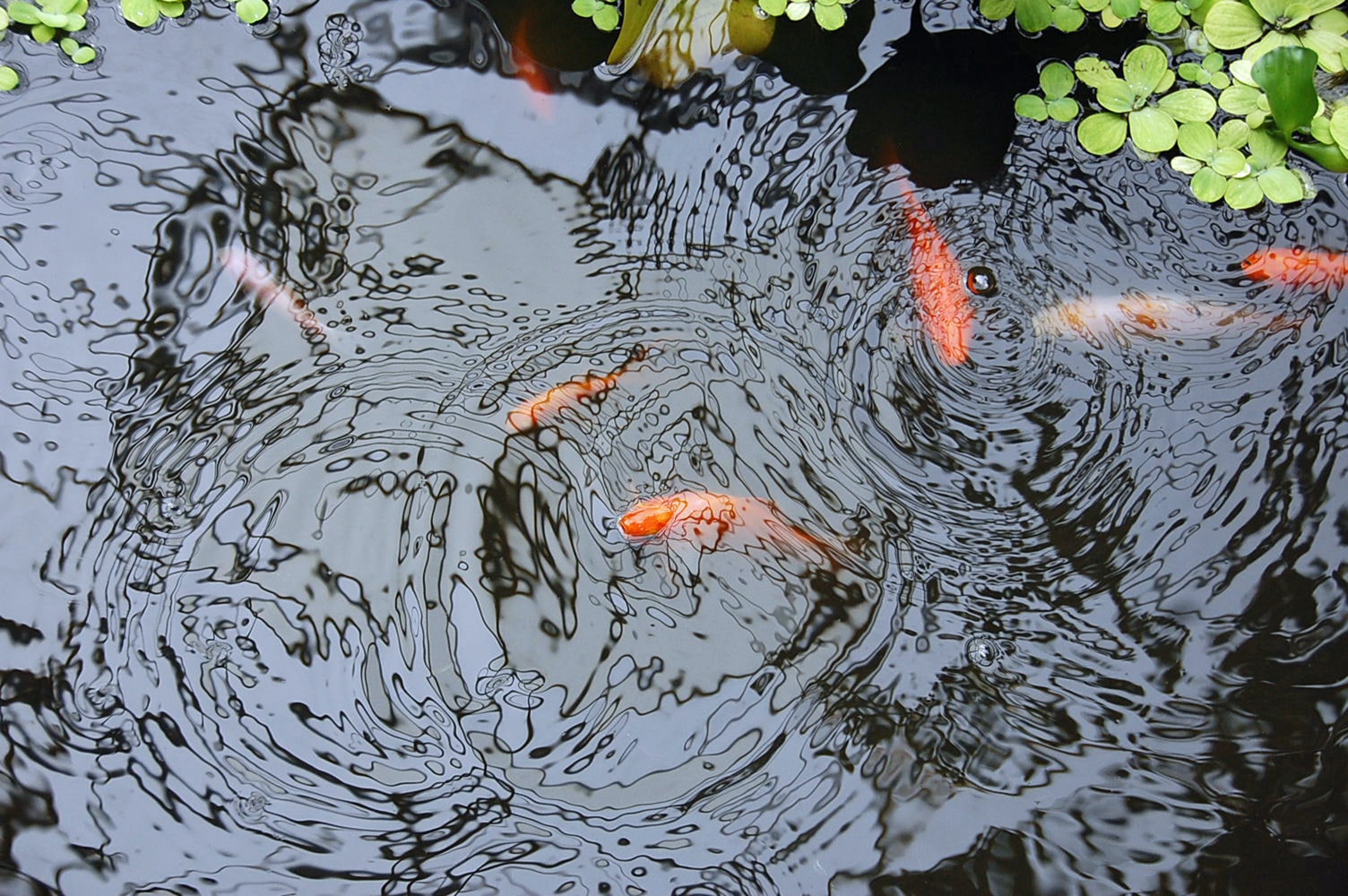
Check for hibernating animals before gardening
Before completing any gardening work, especially digging or deweeding, be sure to check for hidden wildlife or sleeping animals first. Remember to also check piles of leaves for signs of wildlife too before raking them off the grass.
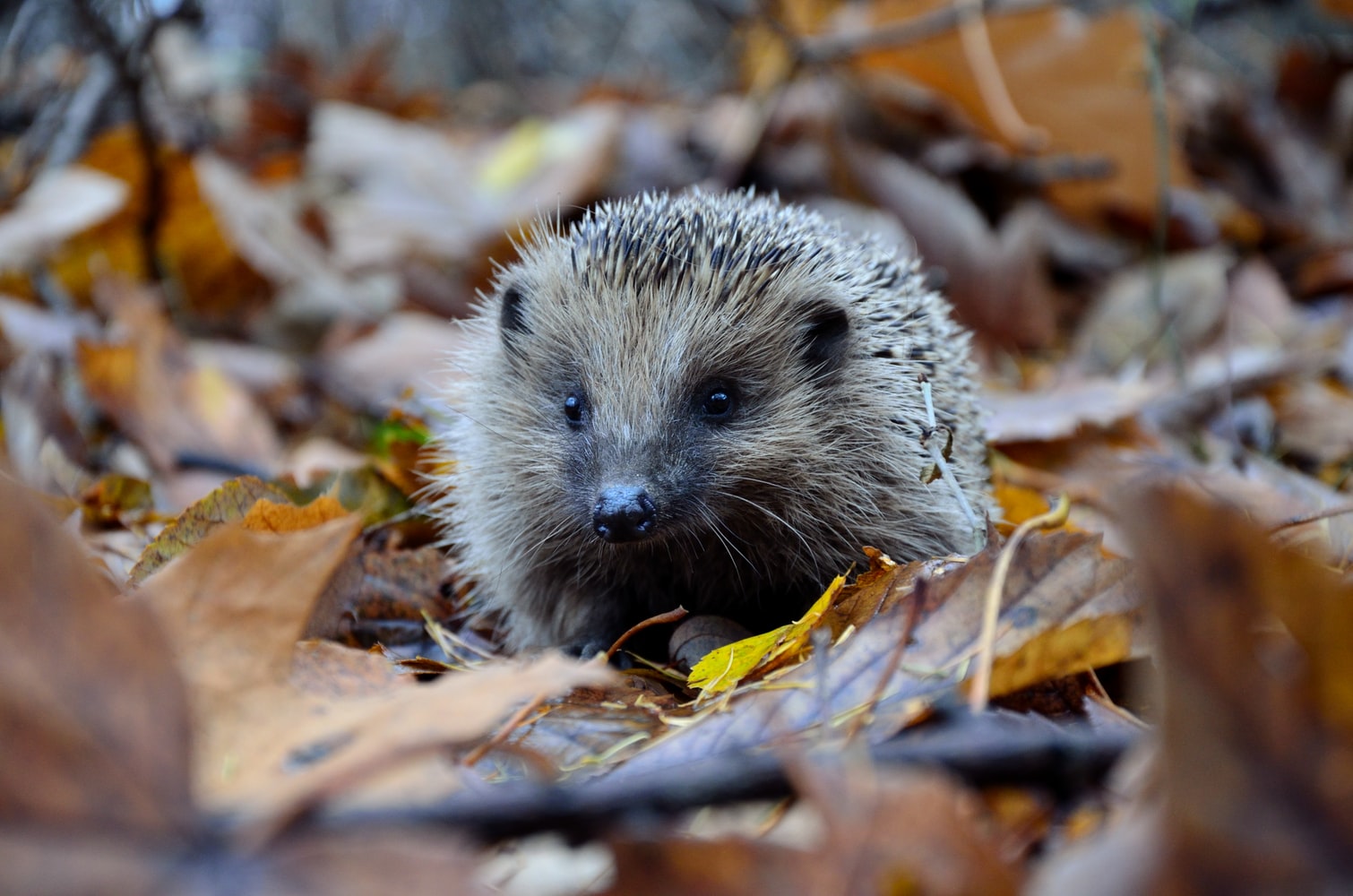
Clean out your bird boxes
If you keep bird boxes in your garden, use the winter months to clean them out. This will provide a clean and safe shelter for the birds to build their nests in the springtime.
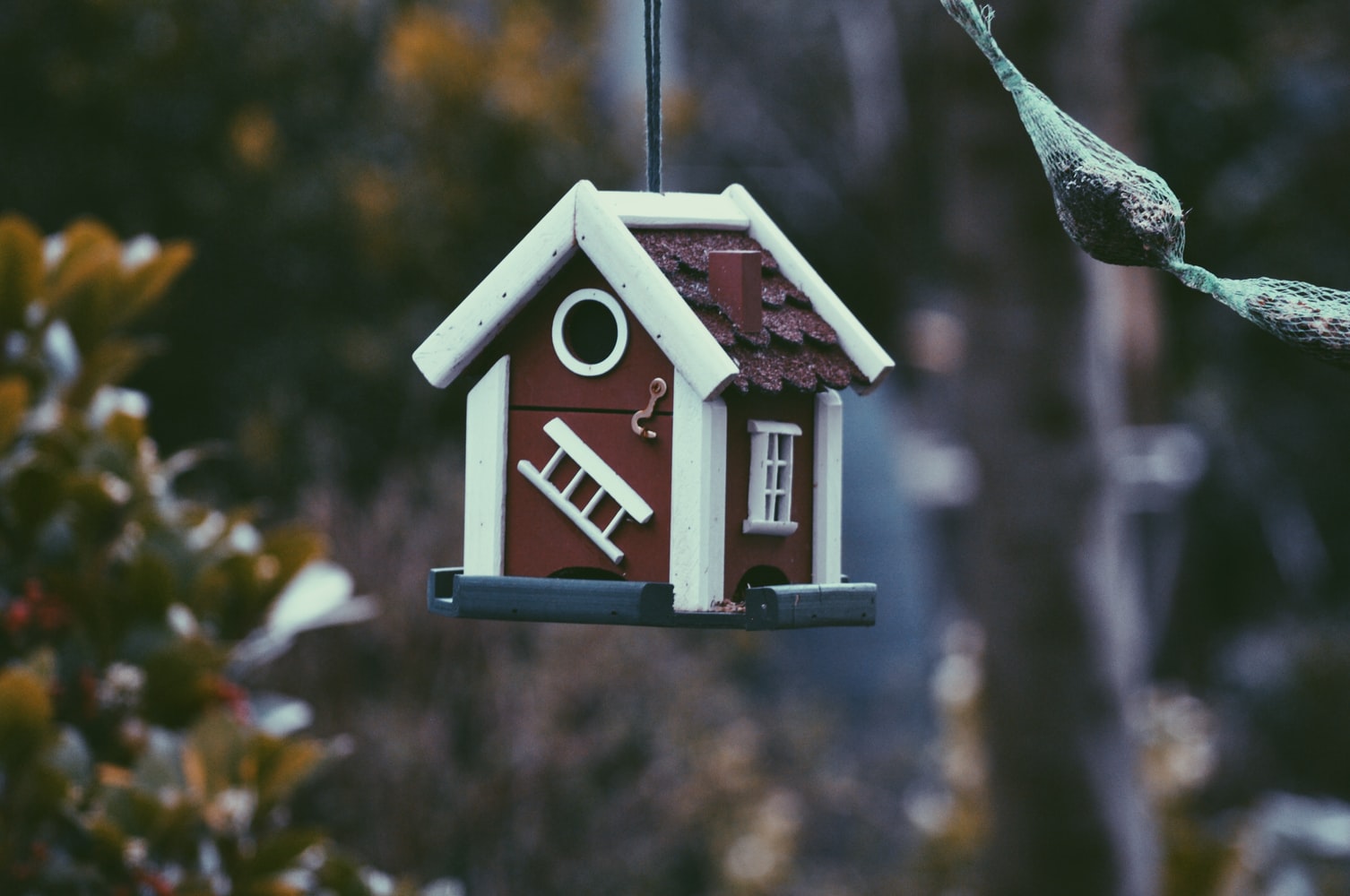
Check for wildlife before lighting bonfires
If you’re going to build a bonfire in your garden during the winter, make sure to check the bonfire for sleeping or hibernating animals before lighting. Animals such as hedgehogs, mice frogs might crawl inside the bonfire whilst searching for warm and concealed spaces to sleep in the winter.
